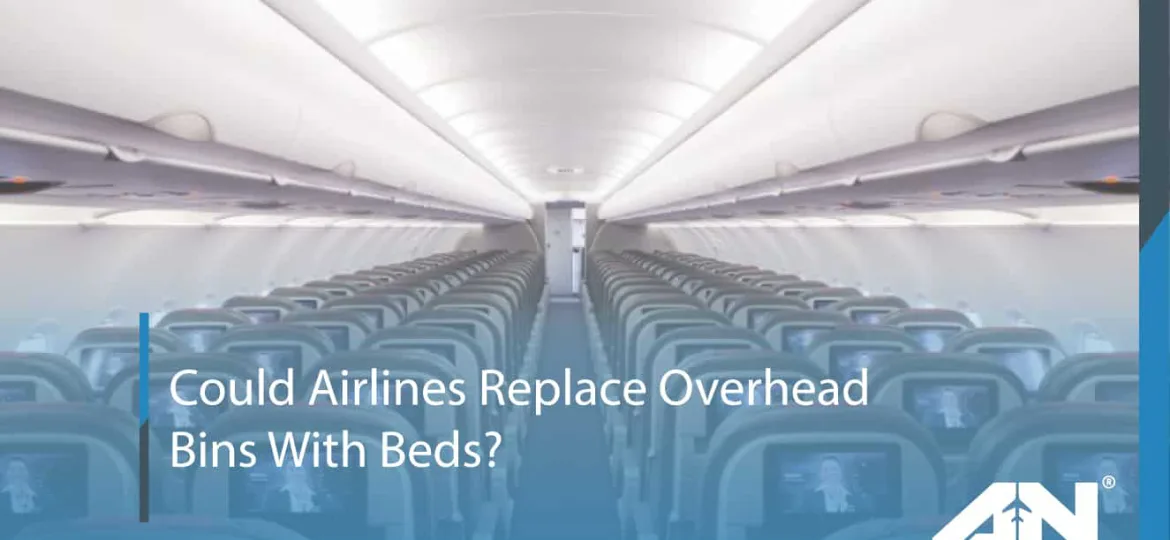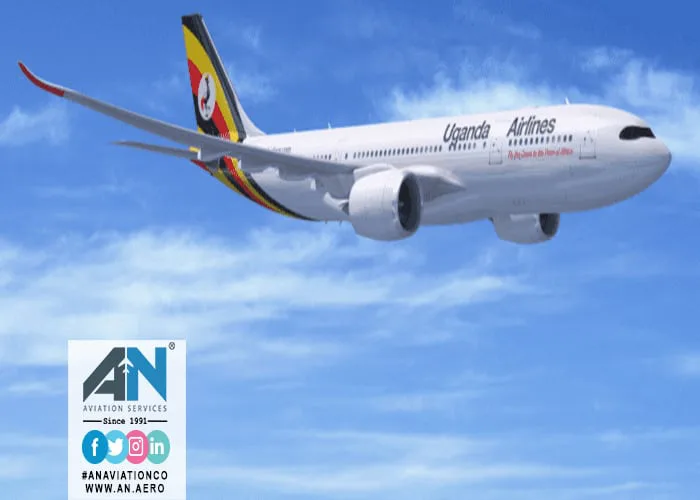
Overhead bins are a staple of commercial air travel, providing passengers with a convenient place to stow their carry-on bags and other belongings. Yet, these storage spaces are often a source of frustration. Whether it’s the rush to secure overhead bin space during the boarding process, the need to gate check a bag due to lack of room, or the occasional tussle over who gets to put their bags where, overhead bins can add stress to an already busy flight experience.
But what if airlines took a radical step and replaced overhead bins with something entirely different—like beds? While it may sound like a futuristic idea, discussions about reimagining aircraft interiors are becoming more common as airlines look for ways to improve passenger comfort and redefine the flying experience. Let’s dive into the possibilities and challenges of replacing overhead storage with sleeping areas.
The Overhead Bin Dilemma
The traditional overhead bin design has remained largely unchanged for decades. Designed to hold carry-on bags and personal items, these bins are essential for passengers who prefer not to check their bags. However, their limited size and availability have made them a point of contention during the boarding process.
Flight attendants often have to assist passengers in finding room for their luggage, and when space runs out, travelers are left with no choice but to gate check their items. For airlines, this can delay departures and cause logistical headaches, while passengers may face added inconvenience.
Despite efforts to expand overhead bin space on newer aircraft, such as larger bins that can accommodate more bags, the core problem persists: there’s simply not enough room for everyone’s belongings.
The Concept: Bunk Beds in the Sky
Instead of focusing on expanding overhead bins, some have proposed doing away with them altogether and replacing them with sleeping areas. The idea is to create a more comfortable flying experience, particularly on long-haul flights, by providing passengers with beds located in the upper sections of the cabin.
This concept isn’t entirely new. Airbus, for instance, has already developed designs for modular sleeping pods that can be installed in the cargo area of planes. By utilizing unused space, airlines could potentially offer passengers the option to book a bed for part of their journey, much like a sleeper cabin on a train.
Applying this idea to the space currently occupied by overhead bins could make beds more accessible and eliminate the need for passengers to put their bags above their seats.
Benefits of Replacing Overhead Bins with Beds
Replacing overhead bins with sleeping areas could transform air travel in several ways.
Improved Comfort and Rest:
For long-haul flights, having the option to lie down and rest could significantly enhance passenger comfort. Travelers in economy class, who often face cramped seating and limited recline, would benefit the most from this innovation. Beds could make flights more bearable and improve overall satisfaction.
Faster Boarding:
With no bags in the overhead, the boarding process would likely become more efficient. Passengers could store their luggage under the seat in front of them or use designated storage compartments elsewhere in the cabin. This would eliminate the scramble to secure overhead bin space, reducing delays and stress for passengers and flight attendants alike.
New Revenue Streams for Airlines:
Airlines could charge an additional fee for access to sleeping areas, creating a new source of revenue. Much like business class upgrades, these beds could be marketed as a premium feature, appealing to travelers who prioritize comfort.
Challenges of Removing Overhead Bins
While the idea of replacing overhead bins with beds is intriguing, it’s not without its challenges.
Storage Issues:
Without overhead bins, passengers would need alternative options for storing their belongings. While some items could fit under the seat in front, others would need to be checked. This could lead to an increase in checking bags, adding time to the check-in process and potentially frustrating passengers who are used to carrying their items onboard.
Cabin Design Constraints:
Airplane interiors are carefully designed to maximize space and safety. Introducing beds in place of bins would require a complete reimagining of the cabin layout, which could be costly and time-consuming for airlines. It would also reduce the number of passengers that planes can accommodate, potentially driving up ticket prices.
Safety Concerns:
Overhead bins aren’t just for convenience—they also play a role in ensuring passenger safety by keeping items secure during turbulence. Without them, airlines would need to find alternative ways to ensure that luggage doesn’t become a hazard during the flight.
Are Passengers Ready for This Change?
Passenger behavior and preferences are also a critical consideration. Many travelers value the convenience of having their items within reach, and removing overhead bins could face resistance from those who prefer to travel light with their carry-on bag.
Additionally, beds may not appeal to all passengers, particularly on shorter flights where the need for rest is minimal. For this concept to succeed, airlines would need to strike a balance between comfort, practicality, and cost.
A Glimpse into the Future
While the idea of replacing overhead bins with beds may seem far-fetched, it reflects the aviation industry’s willingness to think outside the box when it comes to enhancing the passenger experience. Innovations like modular sleeping pods, personalized cabin layouts, and reimagined storage solutions could very well shape the future of air travel.
For now, overhead bins remain a necessity for most travelers, but the industry’s exploration of new ideas is a testament to its commitment to continuous improvement. Whether or not we see bunk beds in the skies anytime soon, one thing is certain: the future of air travel is full of possibilities.
Conclusion
The idea of replacing overhead bins with beds is an intriguing concept that highlights the aviation industry’s drive to innovate and enhance passenger comfort. While it comes with its fair share of challenges—such as storage concerns and cabin design constraints—the potential benefits, including improved rest and faster boarding, make it worth considering.
As airlines continue to explore new ways to improve the flying experience, passengers can look forward to a future where comfort and convenience go hand in hand. Whether or not the bags in the overhead are replaced by bunk beds, one thing remains clear: the skies are always open to innovation.









